Learn About Epiphyte Plant Propagation
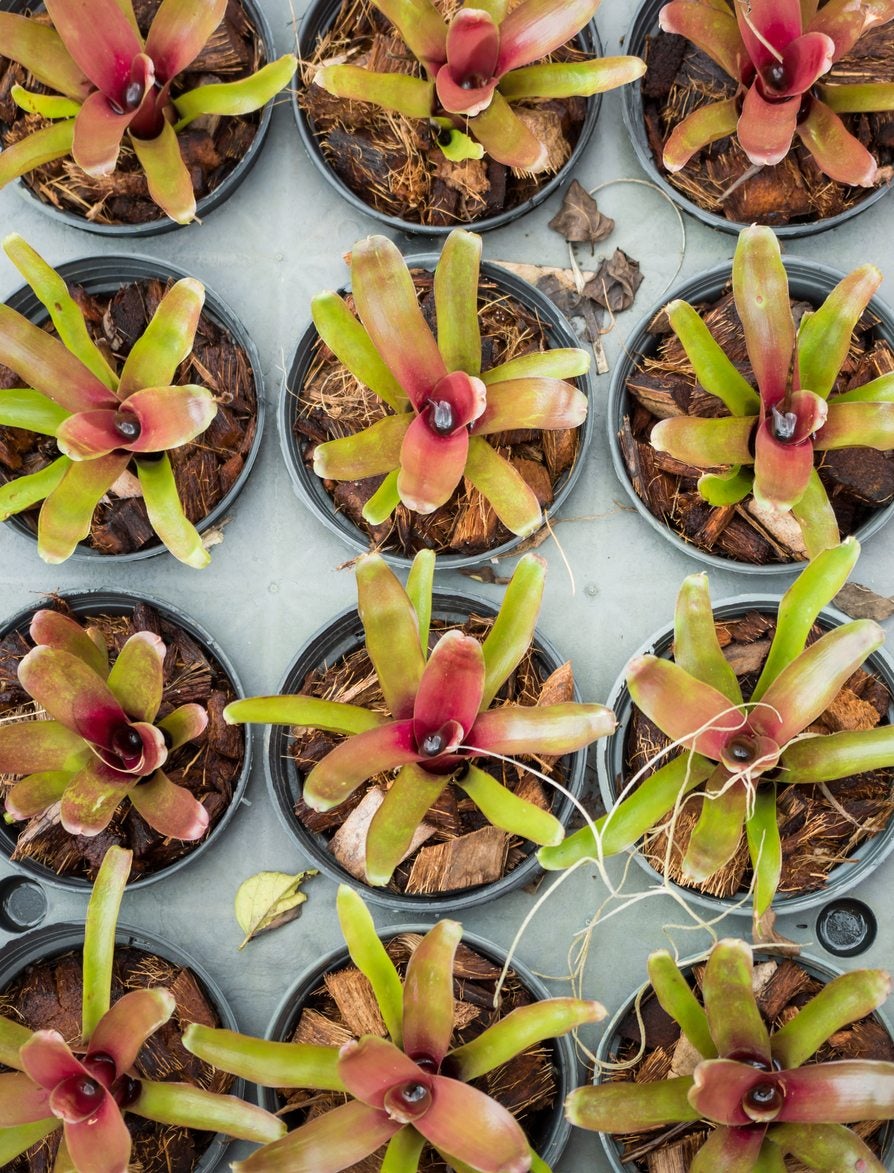

Epiphytes are one of nature's most adaptive plants. These wonderful specimens can thrive without deep soil by harvesting much of their water and nutrient needs from the air. Some epiphytes reproduce through pups and others from seed or vegetative action. The easiest epiphyte plant propagation is through pups, but not all varieties produce these. Seed can take years to develop recognizable plants, while cuttings on epiphytic cacti seem the best choice. Propagating epiphytic plants starts with recognizing which type of plant you are growing and choosing the method best for that species.
Propagating Epiphytic Plants
There are many types of epiphytic plants. Bromeliads are one of the most common houseplants, but you may also come upon epiphytic cacti, Tillandsia, and other species. Each has a different method of reproduction. Knowing how to propagate epiphytic plants will help increase your collection and sustain any favorite specimens. Epiphyte plant propagation is not particularly difficult but there are a few rules to observe, and patience is a virtue.
Epiphytic Seed Propagation
Propagation by seed is probably the most universally recognized method for any plant. Epiphytes can be grown from seed if they can be acquired or seed can be gathered from your own plants. Use a well-draining substrate, such as half sand and half peat or even pure vermiculite. Moisten the substrate evenly and sow seeds almost at the surface of the soil and barely covered with sand. Most epiphytes hail from heavy, thick jungles and prefer low light conditions which means they seed in such lighting. Keep your container in a low-light area of the home where temperatures are at least 65 degrees F. (18 C.). A heat mat will greatly improve the chances of germination. Keep the substrate lightly moist but not soggy. The time of germination will vary upon species. You will not need to start transplanting epiphytes grown from seed for at least two years; yes, they grow that slowly.
How to Propagate Epiphytic Plants with Cuttings
Probably the best species for cuttings are cacti. Epiphytic cacti cuttings produce an exact clone of the parent plant and will flower, and fruit much more quickly than plants sown with seed. This method of epiphyte plant propagation can yield roots in just weeks and blooms within the year. Use clean, sterile cutting implements to avoid the transfer of disease. Cuttings can be taken any time of the year but tend to work best if taken in spring. If the plant is branching and has segmented stems, take the cutting at the joint. If the plant has pads, either cut at the base of the pad or you can take the upper segment of the pad. Allow cuttings to callus for a week before planting in sterile sand that has been moistened. If the cactus is a sun seeker, place the container in a bright location and if the parent was a low-light plant, site the cutting in less light. Keep the medium moderately moist and temperatures high; up to 75 degrees F. (24 C.) provides optimum germination conditions.
Propagating Pups
No, we're not talking about canines, but the offsets on many epiphytes. Bromeliads are a classic example of a plant that produces pups. Over the years, a single plant can become a crowded group of small and large plants all clustered together. These are pups and are easy to remove from the parent and plant singly. Transplanting epiphytes in this manner results in faster mature plants and is so easy even a novice gardener can accomplish the task successfully. Pups should be 1/3 as tall as the parent. You may either pull the pup away from the mother or use a sharp knife to cut it away. Ensure part of the mother's root system is attached. Allow the broken or cut end to callus for up to a week. Prepare moist, sterile soil and insert the pup just deep enough so it stands upright. Keep the container in moderate light where temperatures are warm and, in a few weeks, it will start to root. The care of pups is the same as adult plants.
Gardening tips, videos, info and more delivered right to your inbox!
Sign up for the Gardening Know How newsletter today and receive a free copy of our e-book "How to Grow Delicious Tomatoes".

Bonnie Grant is a professional landscaper with a Certification in Urban Gardening. She has been gardening and writing for 15 years. A former professional chef, she has a passion for edible landscaping.
-
 Get Ready For A Summer Of Hummers! Grow These Full Sun Hummingbird Plants and Flowers
Get Ready For A Summer Of Hummers! Grow These Full Sun Hummingbird Plants and FlowersIf you’re lucky enough to enjoy a sunny backyard, make sure you are maxing out on your pollinator opportunities and grow these full sun hummingbird plants and flowers
By Tonya Barnett
-
 12 Lush Alternatives To A Lawn For Sustainable Spaces
12 Lush Alternatives To A Lawn For Sustainable SpacesAlternatives to a lawn are beautiful and also beneficial to your local ecosystem and its pollinators. Explore our top picks for plants to replace grass.
By Tonya Barnett
-
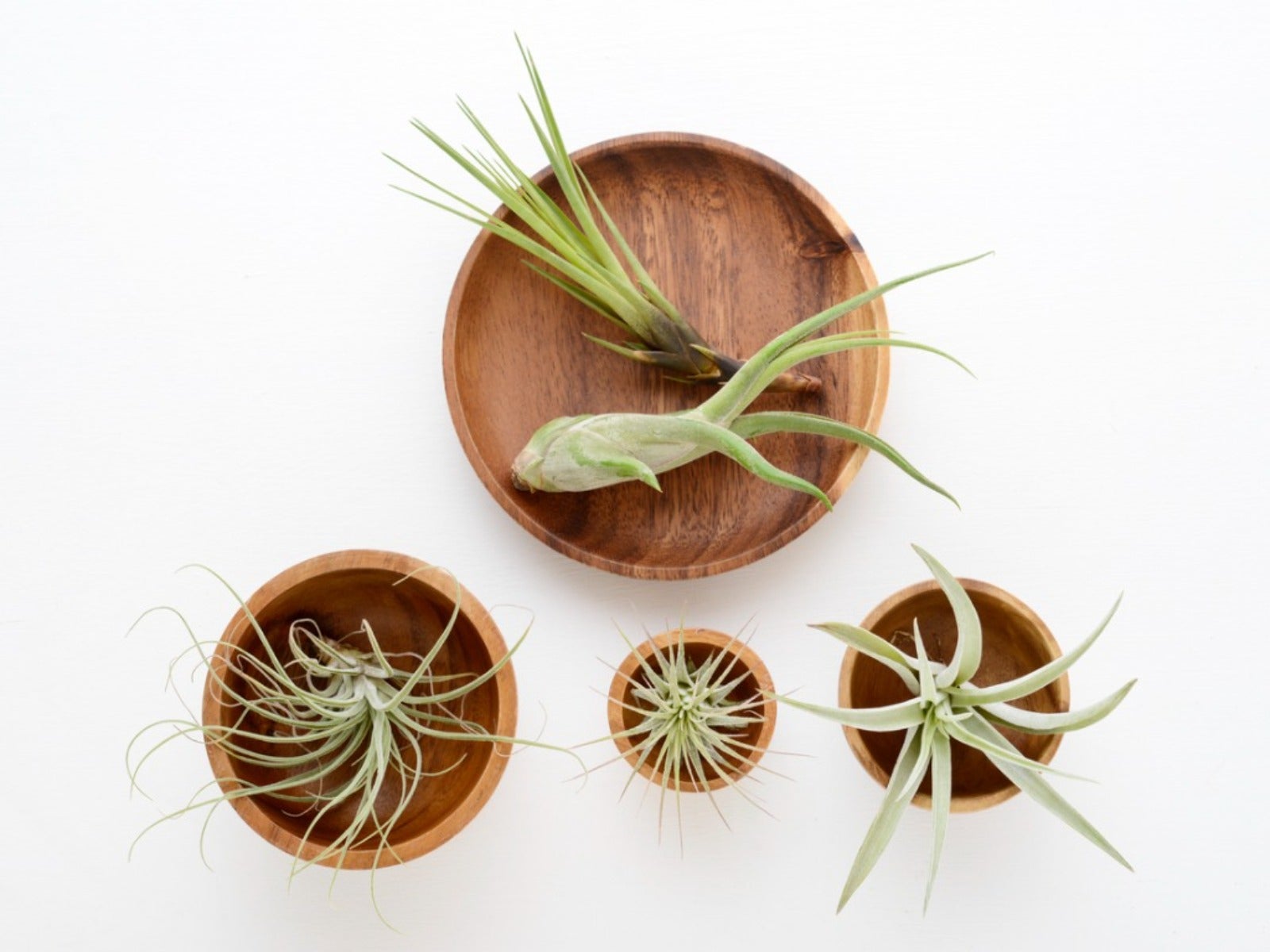 Easy Air Plant Care For Beginners
Easy Air Plant Care For BeginnersClick here for easy air plant care for beginners.
By Bonnie L. Grant
-
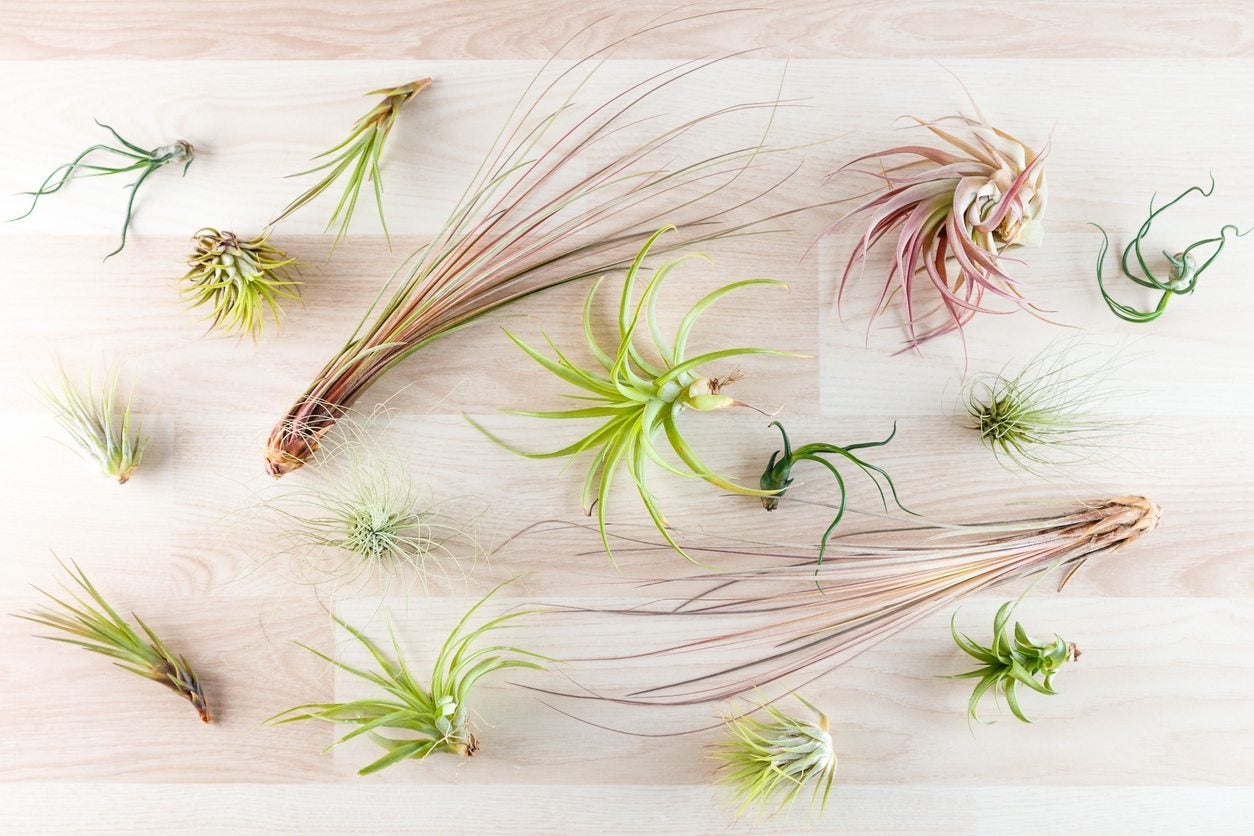 Xerographica Air Plant Information – How To Grow Xerographica Plants Indoors
Xerographica Air Plant Information – How To Grow Xerographica Plants IndoorsXerographica plants are epiphytes that live not on the ground, but on limbs, branches and rocks. Unlike parasitic plants that depend on the host for life, epiphytes use the host merely for support as they reach towards the sunlight. Learn more about them in this article.
By Mary H. Dyer
-
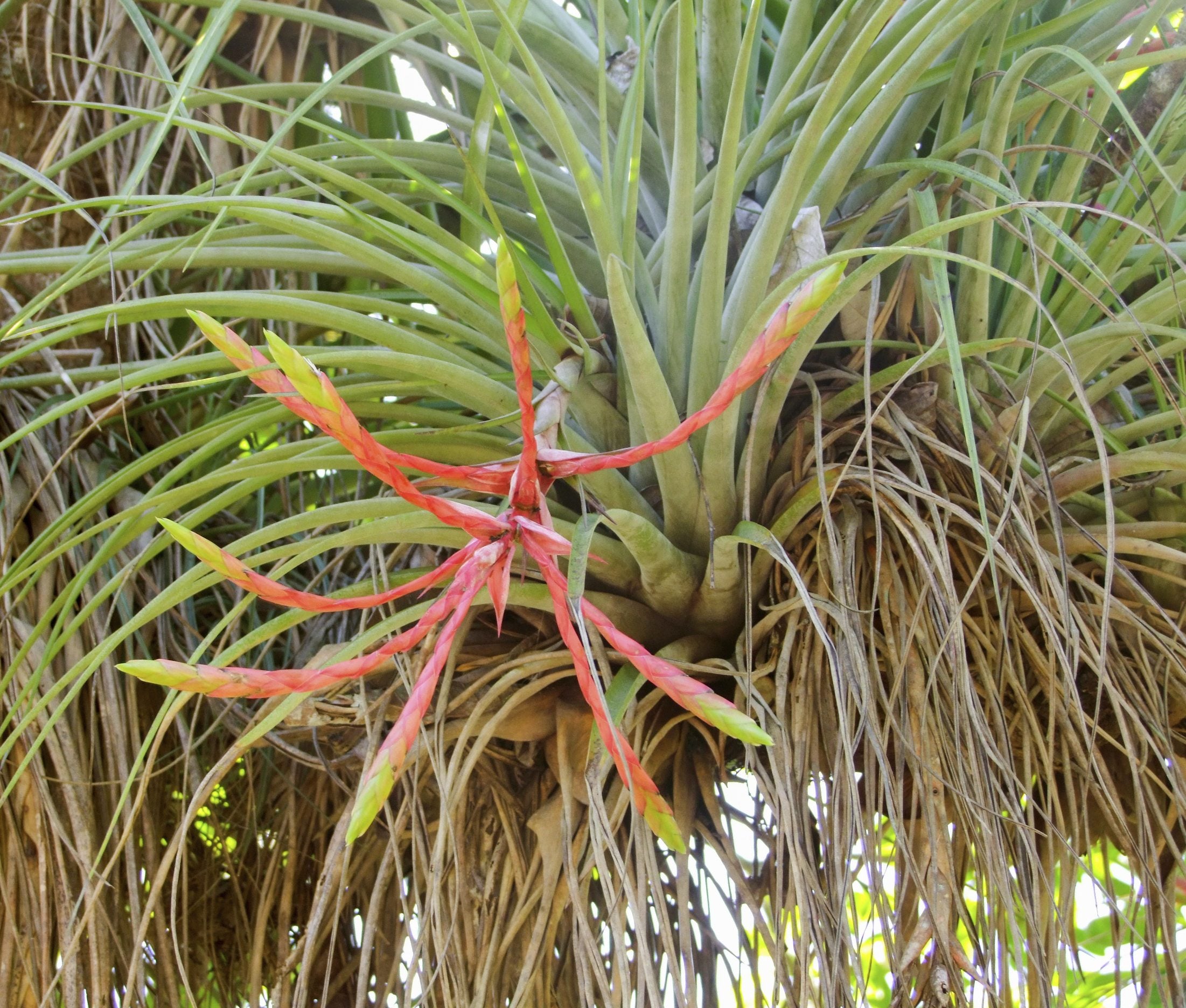 Types Of Tillandsia – How Many Varieties Of Air Plants Are
Types Of Tillandsia – How Many Varieties Of Air Plants AreThere are at least 450 different types of tillandsia, not to mention countless hybrid varieties, and no two air plant varieties are exactly the same. Ready to learn about a few different types of air plants? This article will help.
By Mary H. Dyer
-
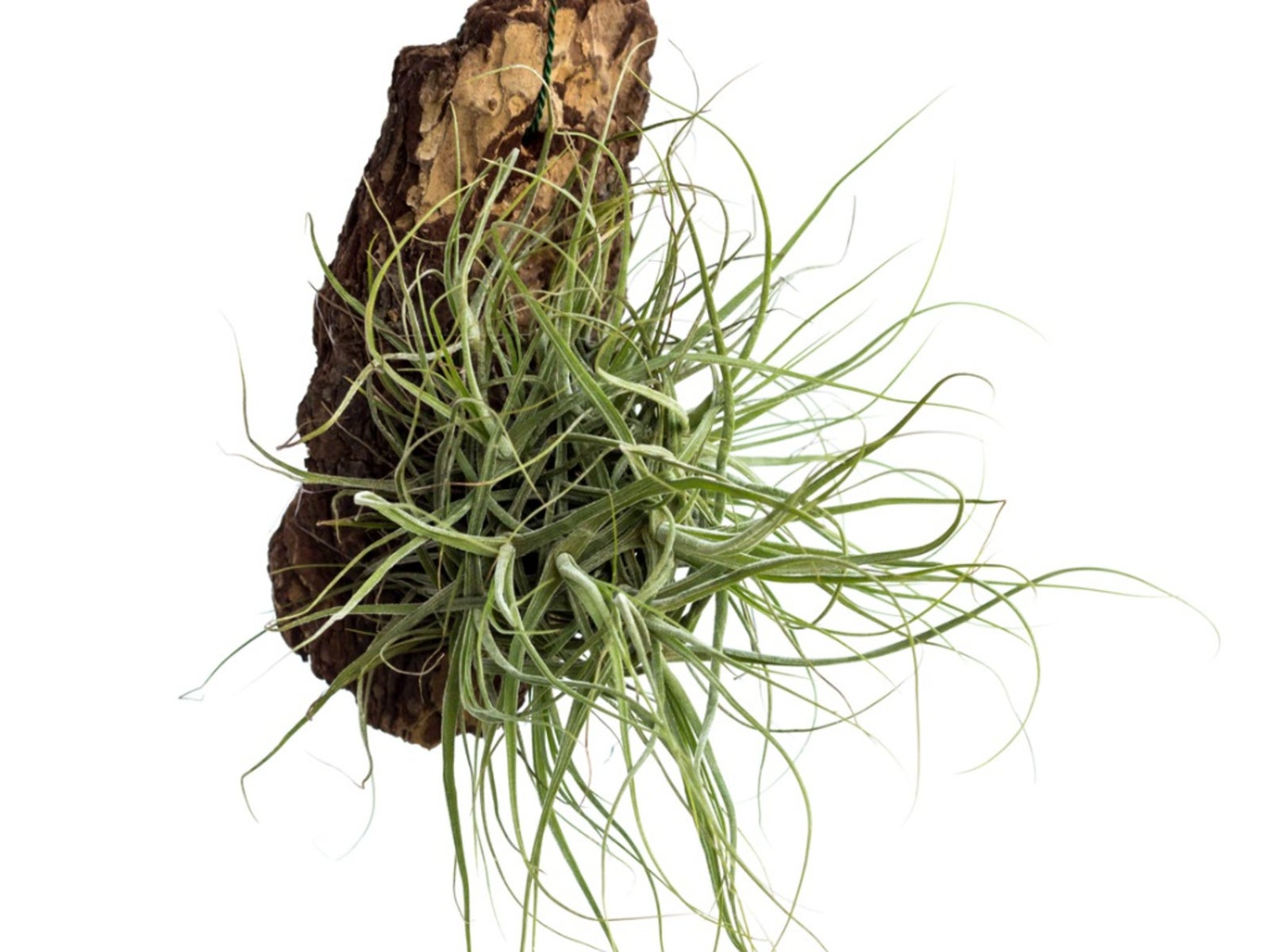 Epiphyte Mounting Tips: How To Mount Epiphytic Plants
Epiphyte Mounting Tips: How To Mount Epiphytic PlantsEpiphytes for the home interior are mounted, generally on bark, wood or cork. It is creative and fun to learn how to mount epiphytic plants. This article can help with that so you can enjoy these plants year round.
By Bonnie L. Grant
-
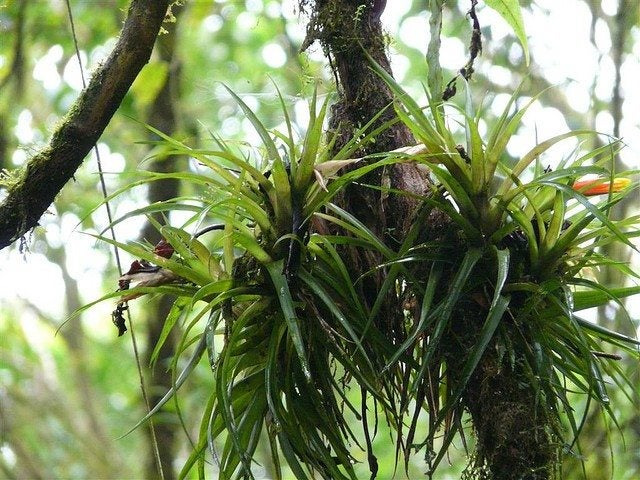 Types Of Epiphytes - What Is An Epiphyte Plant And Adaptations Of Epiphytes
Types Of Epiphytes - What Is An Epiphyte Plant And Adaptations Of EpiphytesTree epiphytes are called air plants because they have no firm grip in the earth. Find answers on what is an epiphyte plant so you can grow them yourself. This article will help.
By Bonnie L. Grant